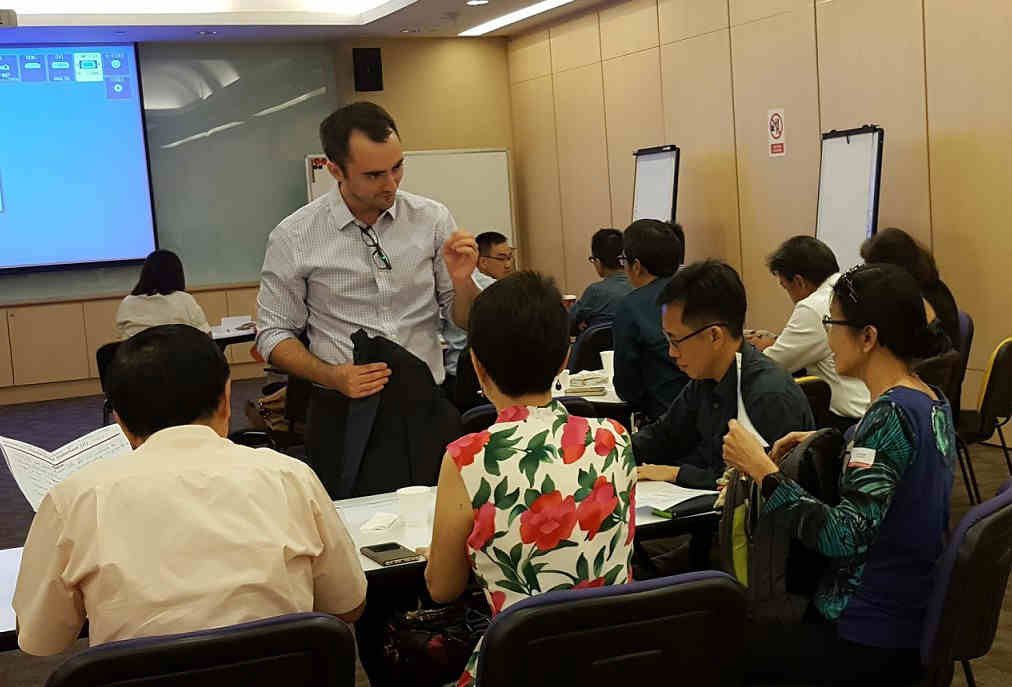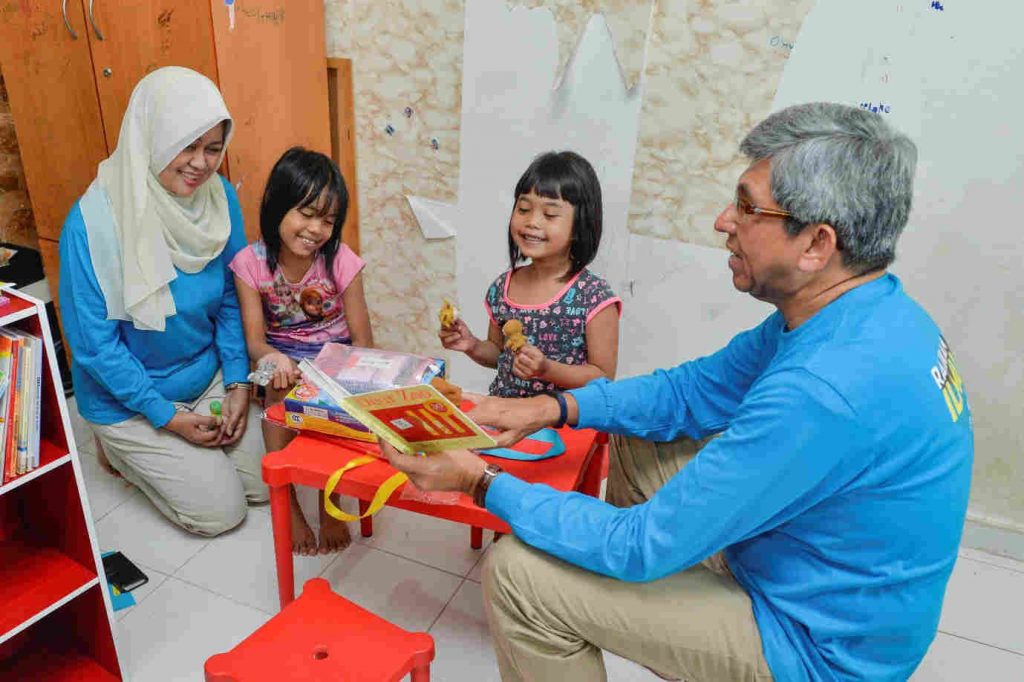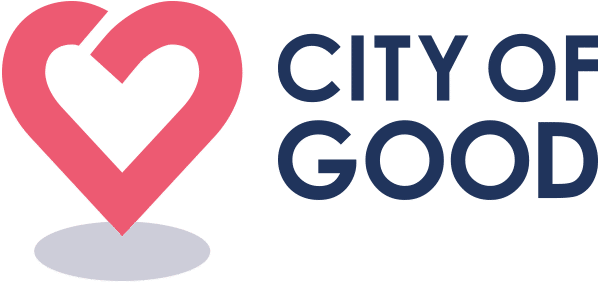Strategy is defined as the science of allocating scarce resources.
How do we ensure that our strategy leads to results?
How do we decide on which activities and programmes to develop or drop?
How do we measure the impact of what we do?
How do we sustain our organisation’s growth?
These are questions that one faces every day as a non-profit leader. NPOs that are sustained value creators know their core and focus their resources on attaining full potential. NPOs that are unable to grow sustainably may suffer from strategies that lack a sharp and compelling definition. On the other hand, there are NPOs that have well-defined strategies but who still do not deliver results due to the failure to change behaviors. A good strategy is one that can be implemented; one that is designed for and with the front line, and is understood throughout the organisation, not just in the board room.
Co-facilitated by strategy experts from Bain & Company and CNPL, Strategy Track is our signature workshop series comprising of three 3-hour sessions where you and your leadership team will get the tools, best practices and expert guidance to convert your vision to measurable impact. Started in 2009, Strategy Track has benefited over 95 non-profits across all sectors.

Sign up for Strategy Track
Lessons in Leadership
What do a good teacher and a good leader have in common?
They are both engaging, promoters of positive behaviours in those who they work with, and have good communication with stakeholders.
They both play a big role in shaping their students or employees through the values and culture that they permeate in the classroom or organisation, with far-reaching effects on the community.
September in Singapore is a month when we take a moment to thank teachers for the life lessons that they teach us and helping us excel as individuals.
We speak to Mdm. Tuminah Sapawi, an exceptional teacher and leader, who left behind a successful career in the media to follow her passion in shaping young minds in the Malay-Muslim community.
Read on as we understand how to employ the tenets of being a good teacher in leading one’s organisation.

Inspirations and Motivations:
1. Tell us about someone who been your greatest teacher in your journey to becoming a leader?
My late dad has had a tremendous impact on me as a leader. His lack of education does not stop him from becoming the best in what he does. Although he passed on when I turned 21, my growing up years as a child was spent watching him cut the grass at the neighbourhood and tending to the plants and trees. He was a gardener back in the 1960s, but he took his job seriously and became a supervisor to lead some of the younger workers. A humble man, he showed me that humility is not a sign of weakness but great strength. Humility is one of the virtue that has made me the leader that I am today. His never-give-up attitude drives the whole family and got all nine of us, where we are today. What he lacks in material wealth, he makes up with kindness and warmth. We grew up feeling very secure that there is a leader who will protect us. In my most stressful moment at work, I will think of my late dad who would have said to me to remain steadfast, positive and never give up. And always humble yourself to others without losing your authority and the respect of the people you lead. I also learn the value of compassion from my late dad who would not hesitate to help others in need although we grew up barely able to make ends meet. Yet we never gave up and always make the best of the situation.
Communicating and translating your vision:
2. As someone who creates excellence in students, how do you ensure the same in the way your organisation is run?
As a self-help group for the Malay/Muslim community, we have to be mindful and conscious of the way we do our work and run the organization. It is important for us to exhibit excellence in our work and in our interactions with the community illustrating that excellence goes beyond doing well at school and at work but in all the things that we do.
To ensure that the organization is effectively optimizing its resources, we place a lot of emphasis on staff training and development as well as regular reviews of our processes and programmes. Our HR policies ensures that every staff be given opportunities to grow and learn and be equipped with the appropriate skills to do their tasks well.
Dedication must be recognized and rewarded. So we put in place schemes and benefits that we hope would inspire the staff to give off their best and to continue to be with us in this journey. Talented individuals and those with potential to take on bigger roles are given opportunities to lead teams on projects and sent for leadership or management courses as part of the staff developmental/ progression plan.
3. As a teacher and a leader how do you communicate your core values?
I make it an effort to have personal time with each and every department in the organization – Tea with CEO. At these informal gatherings we share and exchange views on our work as an organization and as a department. It is through these that I infuse the core values into the conversations, and ensure that my team is on the same track as the organization in terms of its direction and purpose. For new staff, we also have a Breakfast with HODs sessions. HODs will take this opportunity to engage the new staff whilst driving the importance of our vision, mission and core values.
I love to write. Perhaps it’s my media background. On a regular basis I would share my thoughts and reflections to the staff through what I call, CEO Speaks. I do it over email. Generally my sharing will be about the work that we do, highlighting areas that we should celebrate and be happy about, areas that we can do better, amongst other things. These avenues give me the opportunity to communicate what our organization is all about.
We also have formal platforms such as staff dialogue, retreats, townhall sessions and strategic planning exercises that will focus strongly on our vision, mission and core values.
One of the ways to encourage inter-department synergy is through project teams. Quite a number of our initiatives were the result of project teams. It is a really good way to get people to work together as a team to brain storm ideas, seek creative solutions and implement them. We don’t have to mention teamwork, innovation, quality. These values come almost naturally given the setting and the opportunity.
We also have monthly breakfast sessions with our junior officers. These sessions are led by the heads of department. It gives us a platform to communicate these things through the work or items being shared. Whilst formal structures provide the platform, it is through these small, casual interactions/ activities that our vision, mission and core values are more effectively communicated to the staff.
For our volunteers, we conduct orientation and training sessions to equip them. It is through these platforms that we share about the organization. But I also hope they get to ‘see’ what our organization is all about when they perform their volunteering work with us and get to see firsthand how the activities benefit the community.
An eye for the future:

4. What is the biggest challenge for non-profit leaders today and how do you keep your organization prepared to deal with this?
Retaining talent will always remain one of the key challenges not only for the non-profit sector but also the private sector as well. Whilst we do not want to lose talent we also would like our young talent to develop, grow and spread their wings, widen their horizons. We want to be able to attract people with ideas and dedication because the third sector is not an easy one. Non-profits will also need to ask themselves – How do we make it attractive for intelligent and creative young people to enter the sector and remain within the sector?
As they say change is the only constant. Non-profits need to be able to adapt to the changing landscape. The needs of the clients may be similar but the operating environment will be different. Just like other sectors, it is imperative that the non-profits conduct regular reviews of their processes, strategies and programmes. The operating landscape is constantly changing and ability to adapt is key. We cannot operate in the same manner as we did 10 or even 5 years ago.
Communication channels have vastly changed over the years. There are simply so many ways to communicate to people with the advent in technology and the proliferation of social media platforms. Social media is a powerful tool that can make or break an organization. The biggest challenge is how we can leverage on the positives of social media without jeopardizing the organisation’s image and reputation.
Whilst the work that we do is for a noble cause, it is also important that we have enough resources to be able to do the work efficiently and effectively. One challenge facing non-profits will be resources. We need to be able to attract sources of support both in cash and kind (donations, grants, volunteers). As a non-profit we rely heavily on our volunteers to carry out our work. Without them, we would not have been able to conduct most of our weekend programmes and special projects such as our annual Project Joy. Project Joy is one of our key Ramadan project and this year alone we deployed close to 550 volunteers.
As you know volunteerism has changed over the years and it will continue to evolve. We must continuously refresh ourselves and find the best ways to manage and engage them. At our end, we review our volunteer engagement framework every few years just to ensure that it is still relevant and serving our purpose.
Whilst for most non-profits, donations are central to their existence, we should always be mindful of the primary reason for the organization’s existence. History has shown us how easy it is to be distracted and lose focus; when the cause became secondary.
Hence good governance is key in the non-profit sector. Every one of us has a good heart and we want to do good. And that is what started most non-profits – to do good for others.
5. What steps do you feel need to be taken now to avoid these in future
Good governance is key. SSI has a good range of training modules on governance and I think all non-profits should take advantage of that.
Manpower will always remain an issue. We need to make the sector attractive and sexy for people to want and come work for non-profits. The non-profit will always face a challenge in trying to match the kind of wages offered by the for-profit sector but I always believe that money is not everything. I don’t have a solution for that but at MENDAKI we try to balance that with other perks such as birthday leave, maid in absence leave, wedding anniversary, etc.
Non-profits need to be nimble and leaders must keep abreast of the latest policies that might affect their work and their beneficiaries. They need to be adaptable and in tune with the latest developments in technology. Leverage on these developments to enhance the work and to communicate your work.
6. What is one thing you feel you could do better as a leader?
I feel I could do better as a leader in the areas of innovation. That was one deliverable I set myself for when I joined MENDAKI back in Nov 2013. It was only early this year, we managed to put together an innovation team. I believe organisations need to innovate to remain relevant. But having said that, key departments within MENDAKI have gone through some reviews and came up with innovative ideas to make our work more impactful.
7. It is believed that everyone has something to teach. Do you see the for-profit and non-profit industries learning from each other?
There are many things that we can learn from each other. The culture of innovation and productivity is more inherent in the for-profit sector driven by the need to ensure bottom line is met. It’s definitely something that I feel we can learn from the for profit.
However more importantly I thought, the for-profit should take note that what drives the work of a nonprofit is the cause, the mission – that is the starting point. This is unlike for-profits which is driven mostly by money. So I think this is something for-profits can learn from the non-profit.
My experience in the media industry for 25 years before joining the Civil Service and thereafter seconded to MENDAKI, has helped to ensure that we managed resources well as every single dollar we get should be wisely spent. My strength in media and communication has helped the organization be more in the forefront.
8. How can Singaporeans participate in Yayasan Mendaki’s work?
This year we launched our Ramadan Campaign centred around the theme of Raikan Ilmu or Celebrate Knowledge. As part of the campaign, we want to promote the importance of learning and starting with something very basic but important which is to read. So now we are on a drive to match children with storybooks. We want to help the low income families to have their own library nooks or cosy corners regardless of the size of their homes.
We welcome donations of story books (new or used) to be given to these children. The more books we have the more children can benefit. We are also looking for volunteer readers to support our initiative in helping these young children to enjoy reading. (Donate storybooks here)
We welcome any contribution that you can give, be it ideas, your time or even a storybook.




